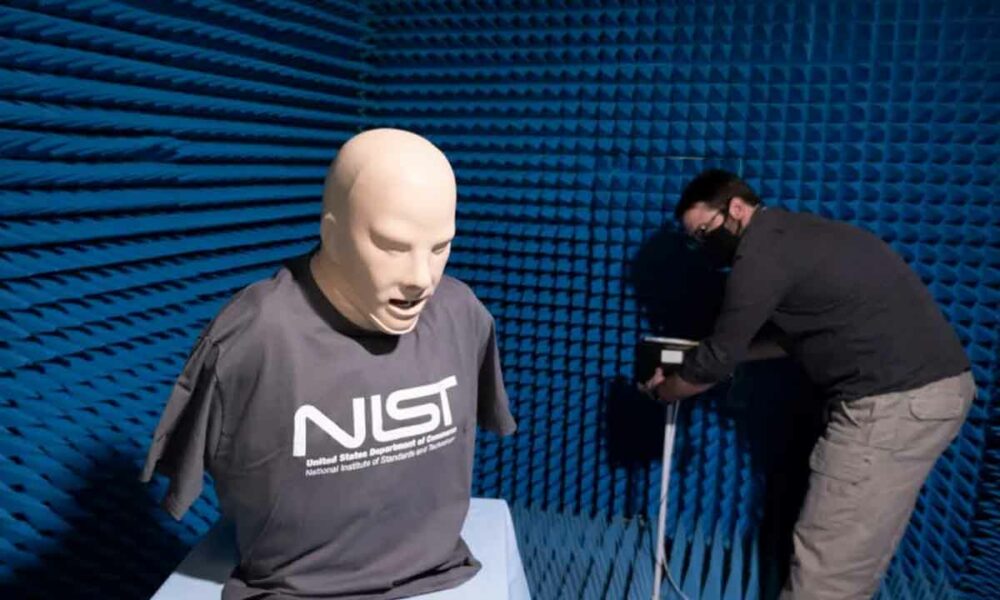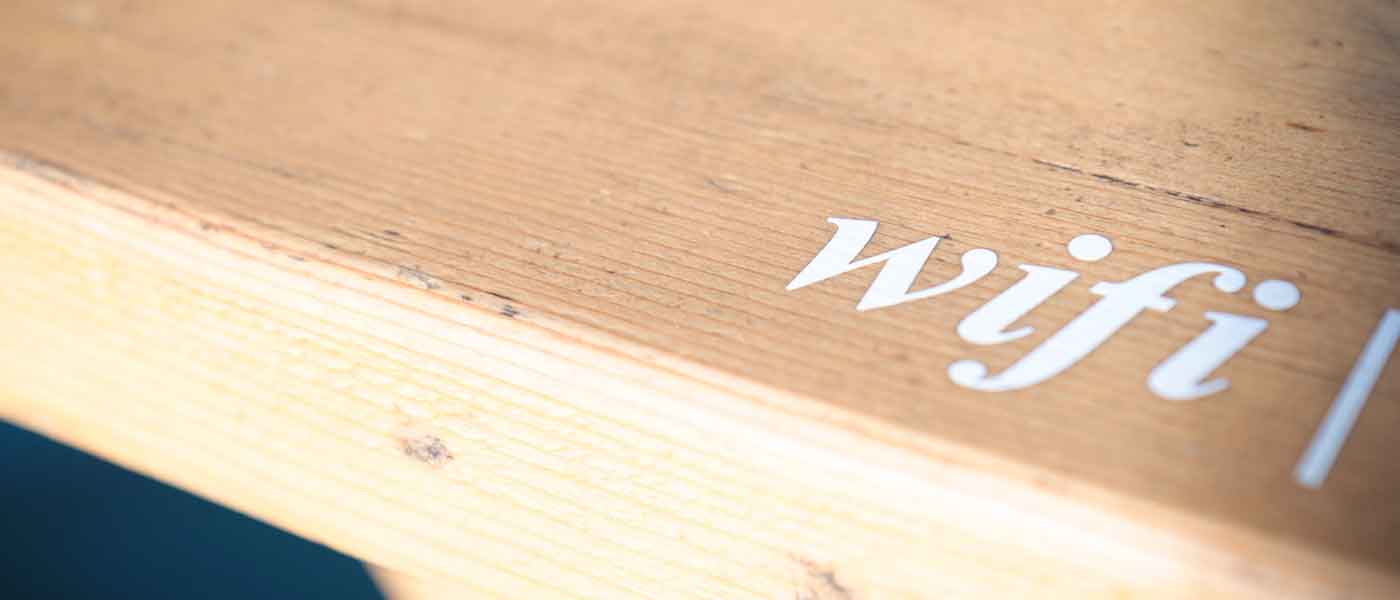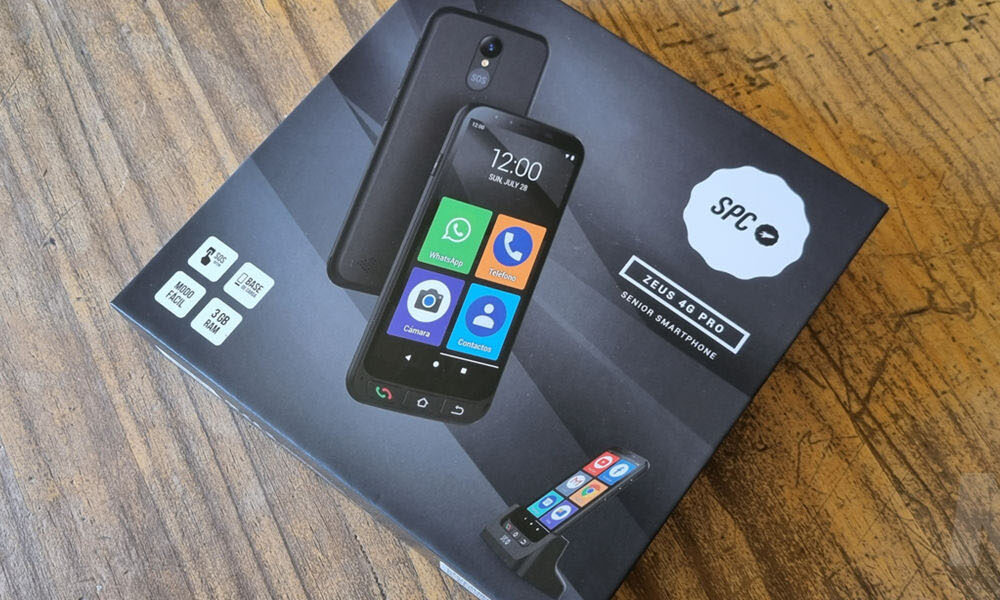
The signal of WiFi connections is everywhere. Homes, offices, commercial premises, public spaces… If there were a map that represented the presence of wireless connectivity (either public or private networks), I am clear that in many regions you would not be able to see the surface. Reinventing the classic saying, nowadays a squirrel could cross Spain jumping from router to router without touching the ground for a moment.
WiFi connectivity has changed our lives, yes, but it is also true that we also exert a significant influence on the wireless signal. Our bodies, and everything associated with them, influences the distribution of the signal. Let’s not forget that in the end we are talking about electromagnetic waves that cross space, bounce, are affected by obstacles (and human beings can fall into that category in this case), etc.
This incidence is known and, as a general rule, is not given importance, since it does not affect the quality of the signal. Our mobile phone can connect to the router without problem even though we are between the two devices, even though the air is full of the cigarette we are smoking, despite the fact that a seasonal cold makes us cough constantly… in short, we could actually say that the signal or flinch with our presence.
But in reality it is not like that, the truth is that it does, and the most interesting thing is that very interesting data can be extracted from said incidence. The latest example of this can be found in Engadget, which echoes an investigation by the US National Institute of Standards and Technology (NIST), an entity that has developed an algorithm called BreatheSmart and that is capable of detect respiratory problems by analyzing the traffic of the WiFi connection. And no, when I talk about traffic I don’t mean the web pages you visit, I’m talking about the data link between the router and other devices.
BreatheSmart is compatible with regular routers and is based on Channel State Information (CSI), a commonly performed set of measurements that analyzes the connection between router and devices, extracting values such as dispersion, fading, and power decay over distance. . To obtain the necessary volume of investigation, the researchers forced the router to obtain this information up to 10 times per second.
They then used a dummy capable of reproducing various respiratory patterns, and verified their incidence in the CSI measurements of WiFi connectivity, which allowed them to verify not only that the incidence of the user is real, but also that it varies substantially depending on of whether we breathe in one way or another, so this analysis of the information can become an indicator of possible respiratory problems.




